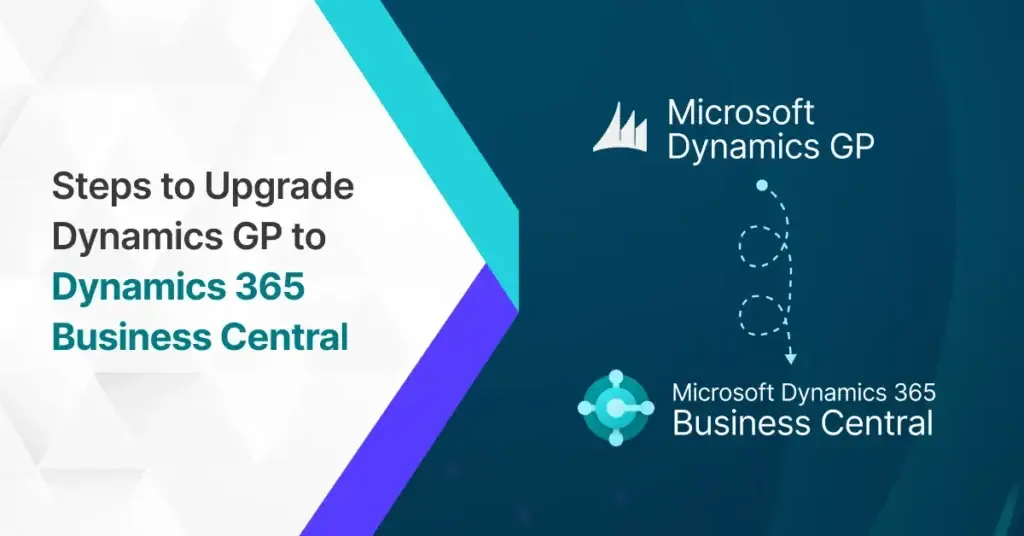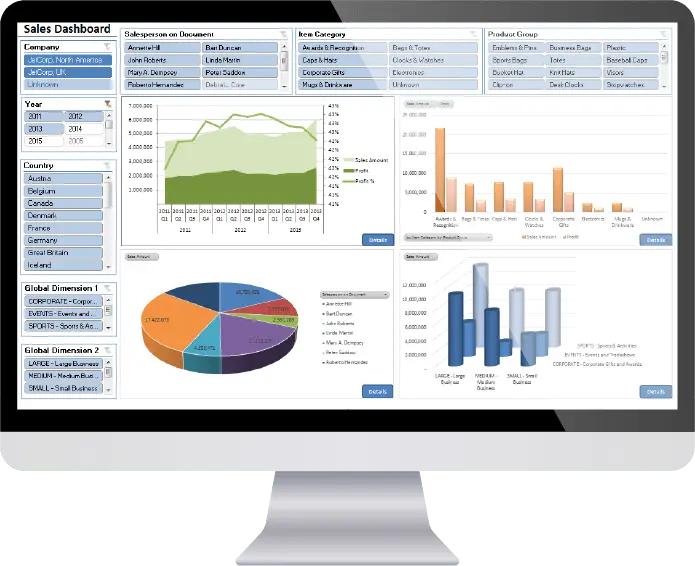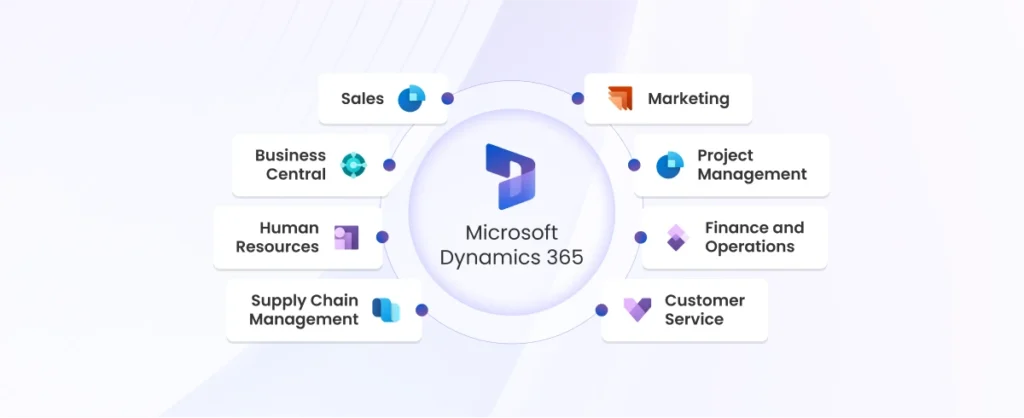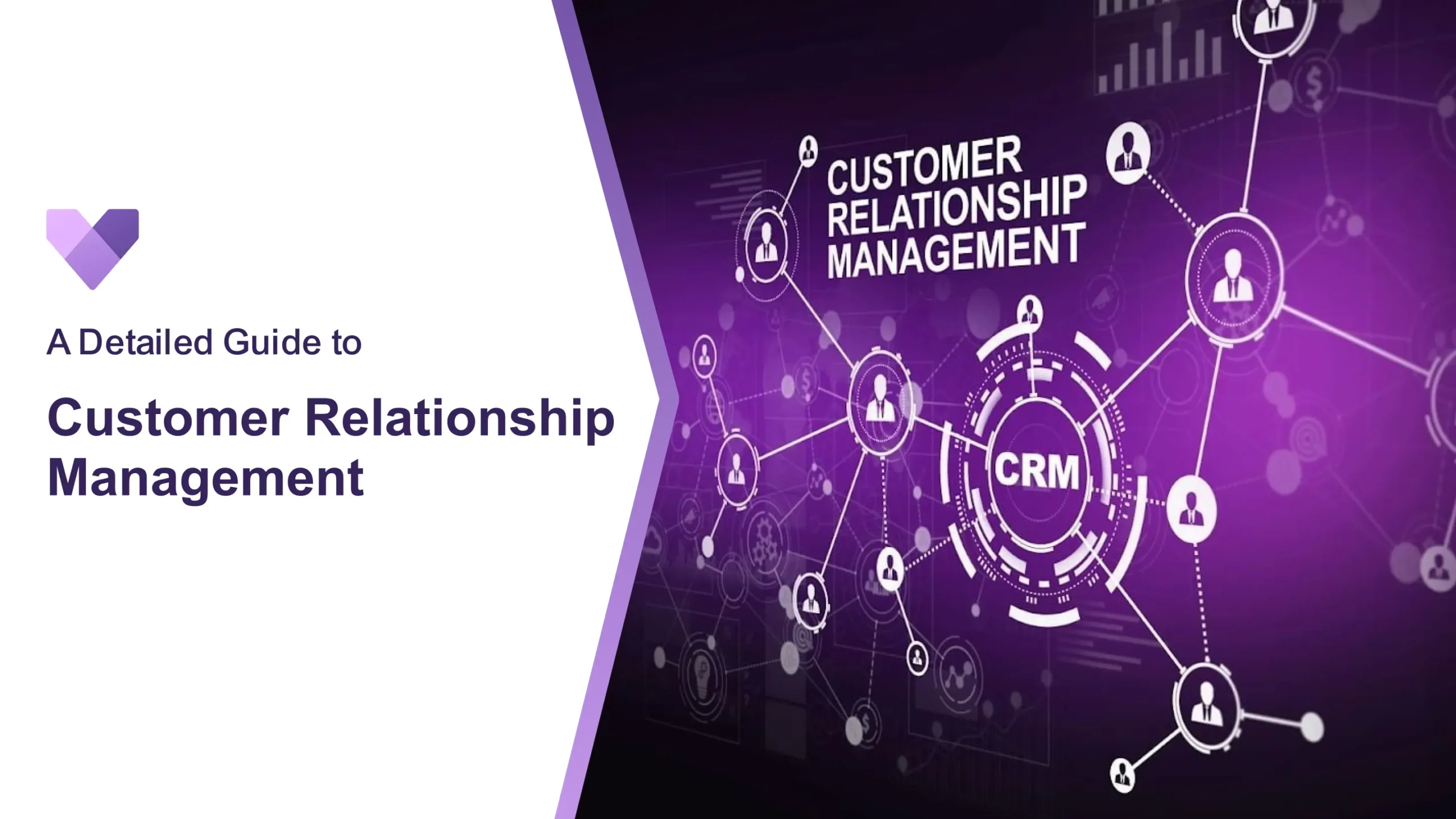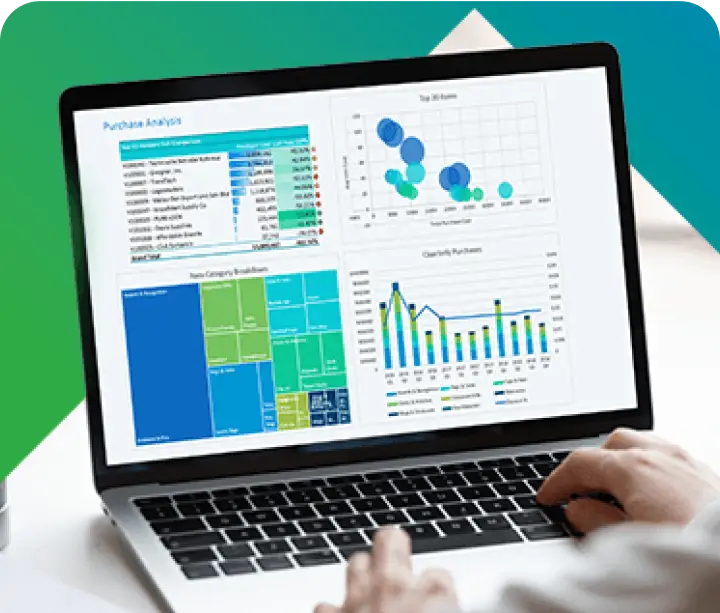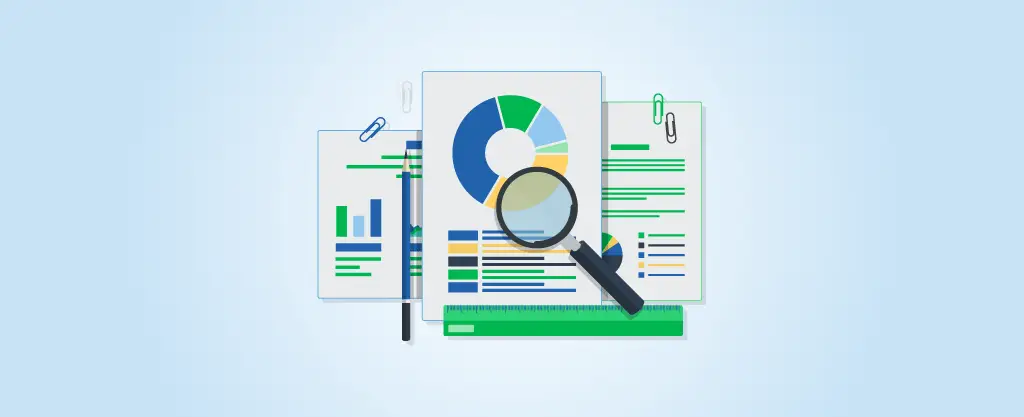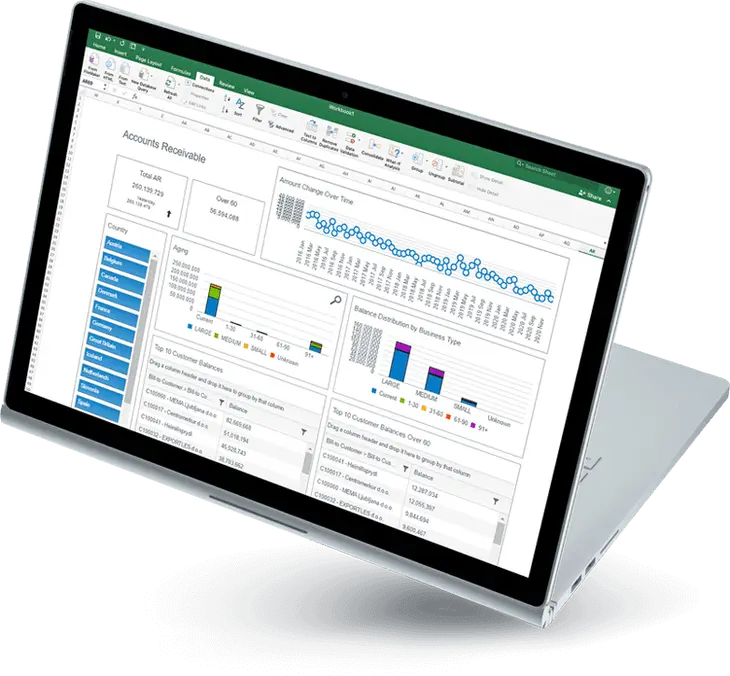Dynamics GP Migration: Steps to Upgrade to Business Central

- Global Data 365
Migrating from Dynamics GP to Dynamics 365 Business Central is a significant step for businesses looking to leverage the advanced features and capabilities of the latter. However, the Dynamics GP migration process requires careful planning and execution to ensure a smooth transition. In this article, we will discuss the key steps involved in preparing for this migration, from assessing your current system to planning for post-migration support and optimization.
What is Dynamics GP?
Microsoft Dynamics GP is an enterprise resource planning (ERP) software designed to help businesses manage financials, supply chain, and operations. It has been widely used for years by small to mid-sized businesses to streamline accounting and business processes. However, with technological advancements, many organizations are now considering migrating from Dynamics GP to modern cloud-based solutions like Dynamics 365 Business Central.
Understand the Dynamics GP Migration Process
Before moving towards migration, it’s crucial to understand the process involved. This transition is more than just a software upgrade; it’s a strategic shift impacting operations, data management, and business processes. To ensure a successful migration, businesses must prepare thoroughly and understand the implications.
Dynamics GP to Dynamics 365 migration includes transferring data, customizations, and configurations to the new system. It also requires careful consideration of the differences between the two systems, such as data structures, functionalities, and user interfaces.
- Conduct a Comprehensive System Audit
To start, it’s important to conduct a thorough audit of your current Dynamics GP system. This audit should include identifying all data, processes, and functionalities that need to be migrated or reconfigured for Dynamics 365 Business Central. It’s also important to assess the quality and accuracy of your data to ensure a smooth migration process.
Consider engaging a Microsoft partner to conduct a Business Process Review (BPR) of your Dynamics GP 365 system. A BPR will provide valuable insights into your system’s usage patterns, identify redundant features, and evaluate performance, aiding in your migration planning.
- Elevate Data Clean-Up and Migration Requirements
After assessing your Dynamics GP system, evaluate your data clean-up and migration needs. Check the cleanliness and relevance of your data, cleaning up and organising your data to ensure that it is compatible with Dynamics 365 Business Central.
You may also need to map your data to the new system’s data structures and formats. There are various tools and resources available to assist with data clean-up and migration. Consider partnering with an experienced partner to identify and resolve data quality issues, maintaining data integrity during migration.
- Engage Key Stakeholders
Involving key stakeholders in the migration process is crucial for success. This includes communicating effectively with stakeholders and ensuring that their needs and concerns are addressed throughout the migration process. Stakeholders may include employees, customers, and suppliers who will be impacted by the migration.
Collaborate with a trusted advisor to streamline planning across your organization, ensuring alignment with diverse business needs.
- Assess Customization and Integration
Many Dynamics GP systems are customized to meet specific business needs. Before migrating, it’s important to assess these customizations and integrations to determine how the Dynamics GP to Business Central migration. This may involve working with a third-party provider or using migration tools provided by Microsoft.
Work with a partner who has industry expertise and technical knowledge of Business Central to understand its capabilities and limitations, avoiding unnecessary third-party solutions.
- Establish a Communication Plan
Communication is key during the migration process. Establishing a communication plan that outlines how and when stakeholders will be informed about the migration progress can help ensure a smooth transition. This plan should include regular updates, training sessions, and opportunities for feedback from stakeholders.
- Create a Backup and Contingency Plan
Creating a backup and contingency plan is essential to minimize risks during the migration process. This includes ensuring data security and having a plan in place to address any issues that may arise during the migration.
- Training and Change Management
Training your team on using Dynamics 365 Business Central is crucial for a successful migration. Additionally, implementing change management practices can help ensure that your team is prepared for the transition to the new system.
This may include providing training materials, conducting training sessions, and offering ongoing support to employees.
Test Dynamics GP Migration in Controlled Environment
Testing the migration process in a controlled environment is essential to identify and address any issues before the actual migration. This helps minimize downtime and disruptions during the migration process.
Evaluate Post-Migration Support and Optimization
After the migration is complete, it’s important to evaluate post-migration support and optimization options. This includes optimizing your ERP, Dynamics 365 Business Central setup for maximum efficiency and ensuring that you have the support you need to address any post-migration issues. This may involve working with a third-party provider or using Microsoft’s support services.
In Conclusion
Dynamics GP migration to Business Central is a complex process that requires careful planning and execution. By following the steps outlined in this article, you can ensure that your migration is successful and that your business is able to take full advantage of the advanced features and capabilities of Dynamics 365 Business Central. Start preparing for your migration today to ensure a smooth transition and continued business success.
Start your migration journey by partnering with Global Data 365 to ensure a smooth and successful transition from Dynamics GP to Dynamics 365 Business Central.
Get Started with Your Dynamics GP Migration Today!
Search Blog
Related Resources
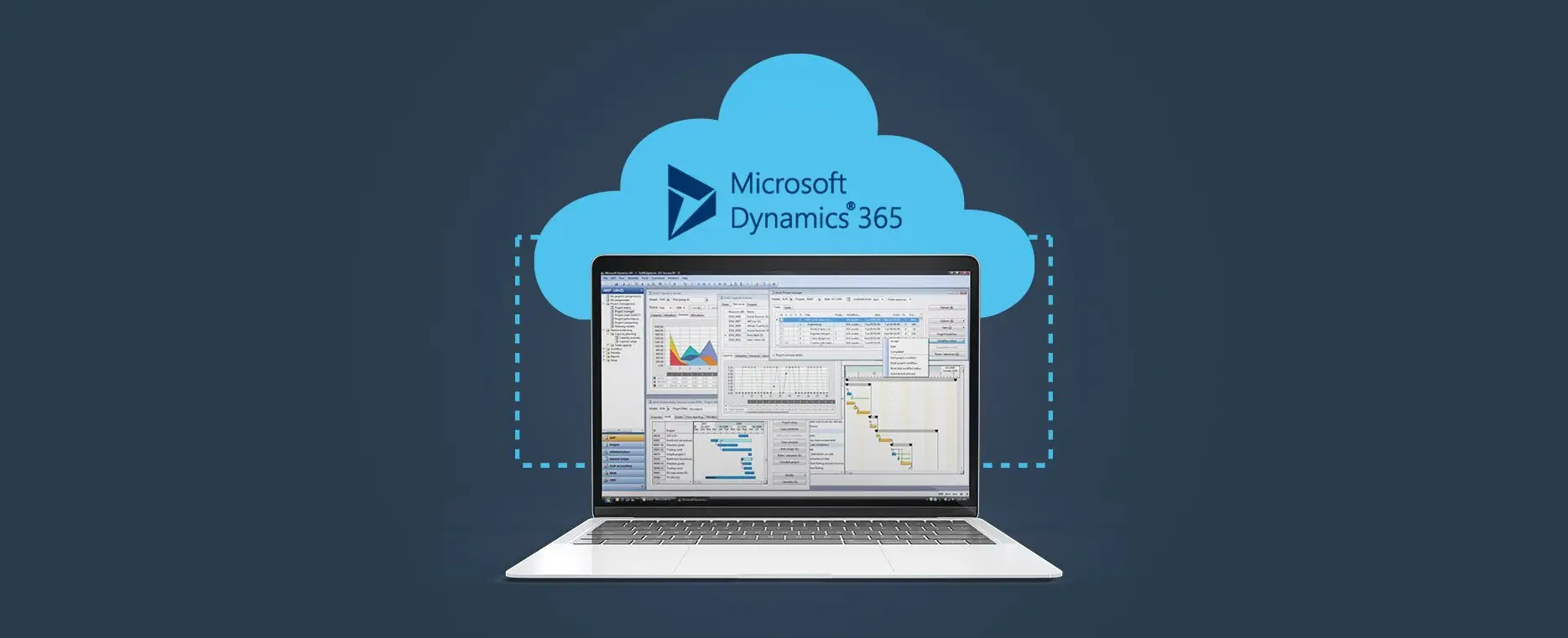
Migrating from On-Premise ERP to Microsoft Dynamics 365
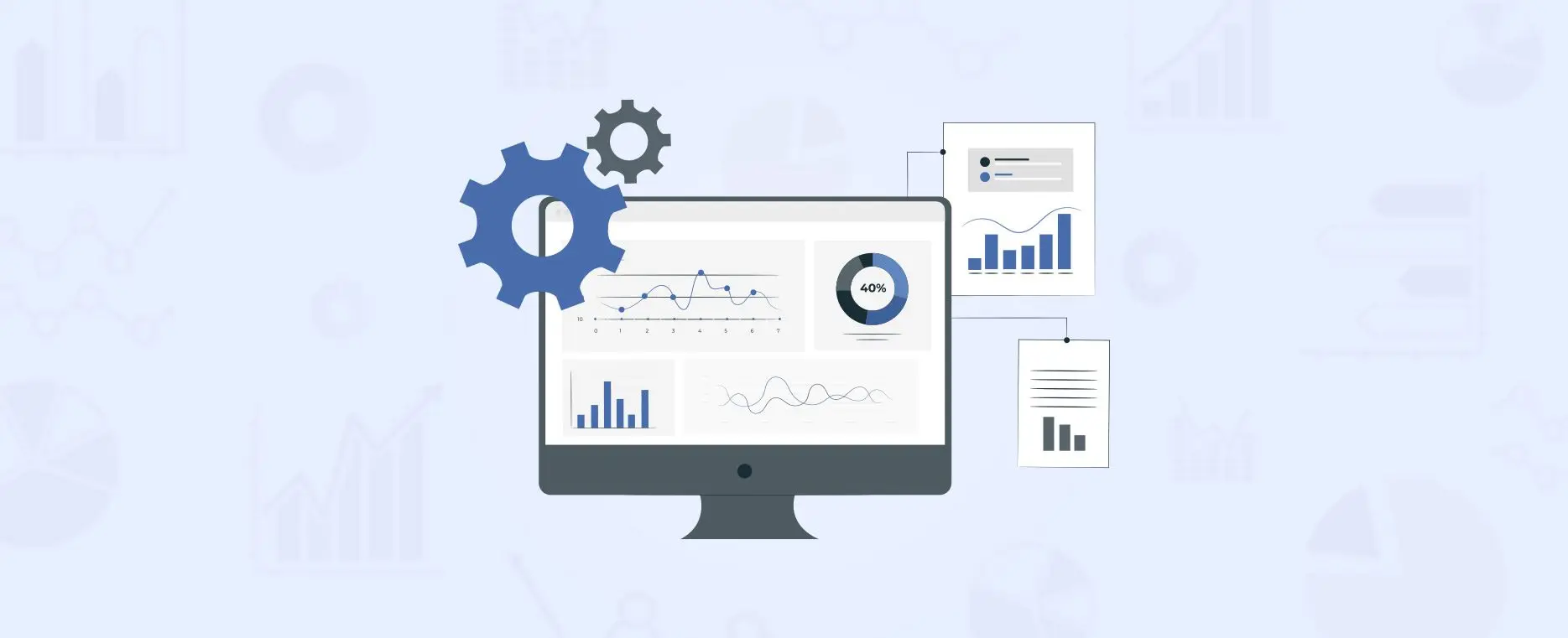
How To Automate Reporting From Dynamics GP?

Reporting Challenges in Microsoft Dynamics AX 2012
Subscribe to Our Newsletter
Dynamics GP Migration: Steps to Upgrade to Business Central Read More »
